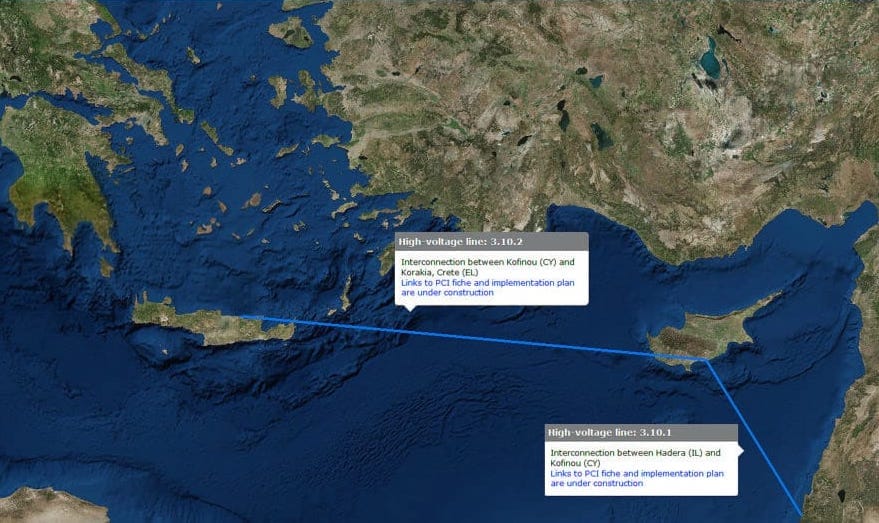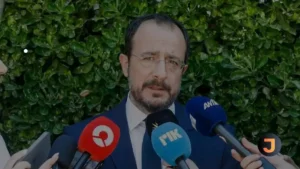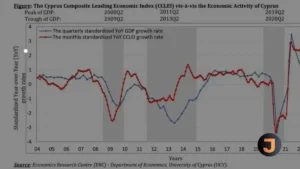Progress on the Great Sea Interconnector Project
Greece’s Independent Power Transmission Operator (Admie) has announced that the first results of the cost-benefit study for the Greece-Cyprus Great Sea Interconnector electricity project are expected to be revealed by the end of May. This study, initiated at the behest of Energy Minister George Papastasiou, is a critical step in assessing the viability of the ambitious undersea cable project.
The Great Sea Interconnector, which aims to link the electrical grids of Cyprus, Greece, and Israel, has been a topic of considerable interest due to its potential to enhance energy security and facilitate renewable energy integration for the involved countries. Admie has indicated that upcoming meetings with officials from the energy and finance ministries of Cyprus and Greece will address the progress of the study and chart the path forward.
Regulatory decisions from both Greek and Cypriot authorities are pending, and Admie has emphasized the importance of resolving these promptly to prevent any additional costs to electricity consumers. The Regulatory Authority for Energy, Waste and Water (RAEWW) has recently taken a stance that Admie views as a positive development for the project, particularly concerning the entry methodology for the interconnector.
Energy Minister Papanastasiou has been vocal about protecting Cypriot consumers, asserting that they should not incur any charges for the Great Sea Interconnector until it becomes operational. With a projected cost of €1.9 billion and an expected operational date in 2029, the project’s expenses are anticipated to be quickly offset by its benefits, especially in unlocking capacity for renewable energy sources.
The financial burden of the project is currently divided between Cyprus and Greece, with Cyprus bearing 63 percent of the cost due to the greater benefits anticipated for its consumers. As developments unfold, stakeholders eagerly await the completion of the cost-benefit study, which will play a crucial role in determining the project’s economic feasibility and future.






